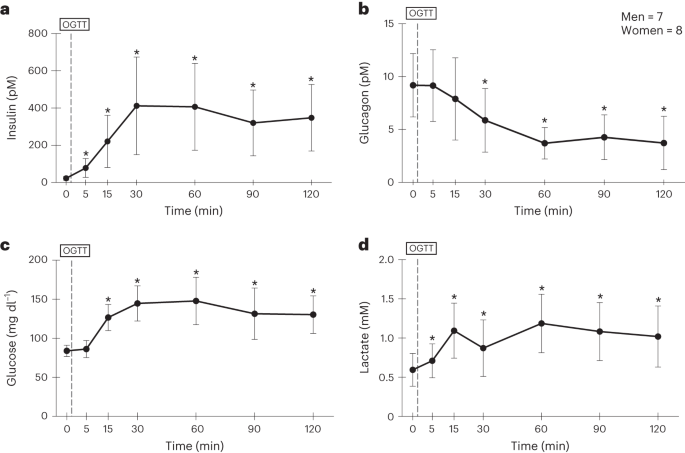2024-05-15 カナダ・ブリティッシュコロンビア大学(UBC)
<関連情報>
- https://news.ubc.ca/2024/05/killer-whales-breathe-just-once-between-dives-study-confirms/
- https://journals.plos.org/plosone/article?id=10.1371/journal.pone.0302758
シャチの呼吸数 Killer whale respiration rates
Tess M. McRae ,Beth L. Volpov,Evan Sidrow,Sarah M. E. Fortune,Marie Auger-Méthé,Nancy Heckman,Andrew W. Trites
PLOS ONE Published: May 15, 2024
DOI:https://doi.org/10.1371/journal.pone.0302758
Abstract
Measuring breathing rates is a means by which oxygen intake and metabolic rates can be estimated to determine food requirements and energy expenditure of killer whales (Orcinus orca) and other cetaceans. This relatively simple measure also allows the energetic consequences of environmental stressors to cetaceans to be understood but requires knowing respiration rates while they are engaged in different behaviours such as resting, travelling and foraging. We calculated respiration rates for different behavioural states of southern and northern resident killer whales using video from UAV drones and concurrent biologging data from animal-borne tags. Behavioural states of dive tracks were predicted using hierarchical hidden Markov models (HHMM) parameterized with time-depth data and with labeled tracks of drone-identified behavioural states (from drone footage that overlapped with the time-depth data). Dive tracks were sequences of dives and surface intervals lasting ≥ 10 minutes cumulative duration. We calculated respiration rates and estimated oxygen consumption rates for the predicted behavioural states of the tracks. We found that juvenile killer whales breathed at a higher rate when travelling (1.6 breaths min-1) compared to resting (1.2) and foraging (1.5)—and that adult males breathed at a higher rate when travelling (1.8) compared to both foraging (1.7) and resting (1.3). The juveniles in our study were estimated to consume 2.5–18.3 L O2 min-1 compared with 14.3–59.8 L O2 min-1 for adult males across all behaviours based on estimates of mass-specific tidal volume and oxygen extraction. Our findings confirm that killer whales take single breaths between dives and indicate that energy expenditure derived from respirations requires using sex, age, and behavioural-specific respiration rates. These findings can be applied to bioenergetics models on a behavioural-specific basis, and contribute towards obtaining better predictions of dive behaviours, energy expenditure and the food requirements of apex predators.


